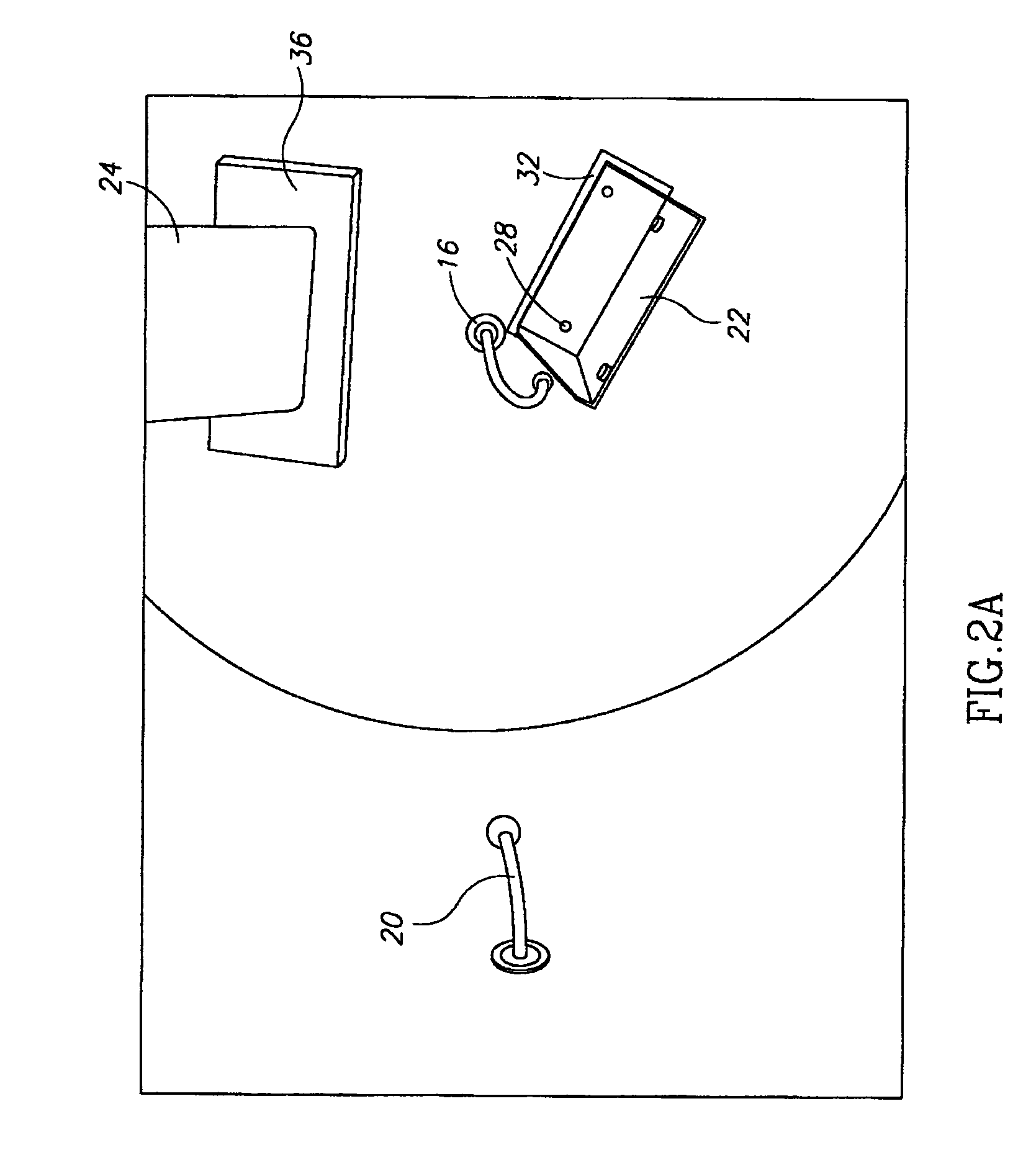Electromagnetic heating
a technology of electromagnetic heating and heat dissipation, applied in the field of electromagnetic heating, can solve the problems of uneven heating, slow absorption of heat, and well-known limitations, and achieve the effects of improving the net power and/or efficiency and/or uniformity of energy transfer, and reducing the frequency of inputs
- Summary
- Abstract
- Description
- Claims
- Application Information
AI Technical Summary
Benefits of technology
Problems solved by technology
Method used
Image
Examples
first embodiment
[0314]In the invention, the maximum net power efficiency for each port is maximized, in the sense, that the net power efficiency at a point of maximum efficiency within the sweep range is made as high as possible. The efficiency and the frequency at which the efficiency is a maximum are noted. Optionally, the width of the efficiency peak and a Q-factor are noted as well.
second embodiment
[0315]the invention is based on a similar criterion. For this embodiment the area under each resonance peak of the net efficiency of transfer is determined. This area should be a maximum. The efficiency, the center frequency of the resonance having the maximum area and its width are noted.
[0316]In an embodiment of the invention, the criteria for determining if the variables are properly set is when the peak net efficiency (first embodiment) or the area or a width (second embodiment) is above some predetermined level or a Q-factor is below some predetermined level. For example, there may be a restriction that the area above 60% net efficiency is maximized for each of the feeds.
[0317]It is noted that energy that is neither reflected nor transmitted to the other ports is absorbed either in the walls of the cavity or in the object being heated. Since absorption in the conducting walls is much lower than that in the object by a large factor, the net efficiency is approximated by the prop...
PUM
 Login to View More
Login to View More Abstract
Description
Claims
Application Information
 Login to View More
Login to View More - R&D
- Intellectual Property
- Life Sciences
- Materials
- Tech Scout
- Unparalleled Data Quality
- Higher Quality Content
- 60% Fewer Hallucinations
Browse by: Latest US Patents, China's latest patents, Technical Efficacy Thesaurus, Application Domain, Technology Topic, Popular Technical Reports.
© 2025 PatSnap. All rights reserved.Legal|Privacy policy|Modern Slavery Act Transparency Statement|Sitemap|About US| Contact US: help@patsnap.com



